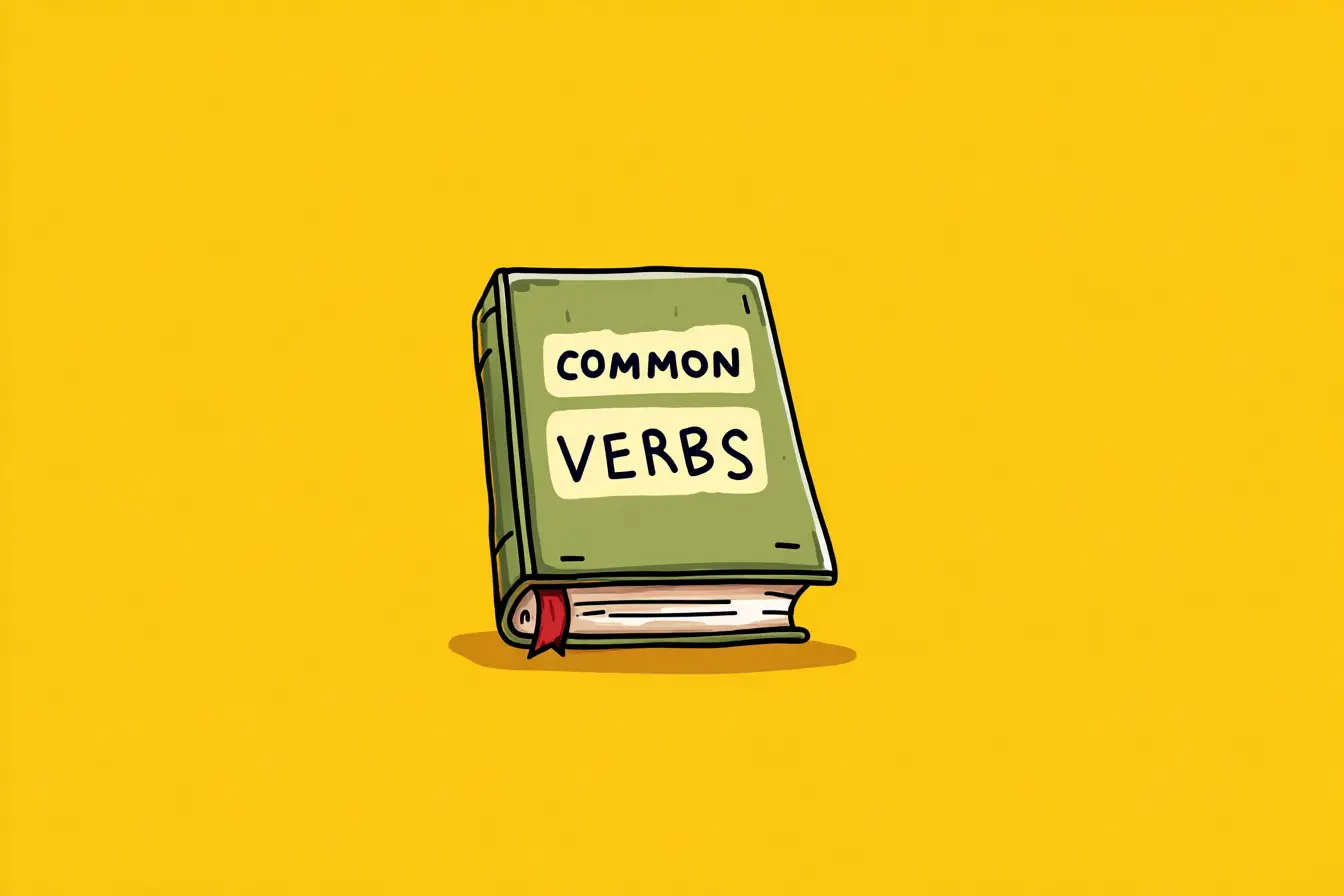Some Spanish books stay with you long after you’ve finished them. They capture the beauty of the language, the depth of its culture, and the complexity of its history. These famous Spanish books have shaped literature, influenced countless authors, and continue to inspire readers today.
If you’re looking for Spanish novels that combine unforgettable stories, memorable characters, and rich writing, this selection will guide you through some of the finest works ever written in the language.
Quick Reference Table
1. Don Quijote de la Mancha – Miguel de Cervantes (1605 & 1615)
Often called the first modern novel, Cervantes’ masterpiece follows Alonso Quijano, a man so obsessed with tales of chivalry that he reinvents himself as Don Quijote, a knight-errant roaming the countryside in search of adventure. Alongside his loyal squire Sancho Panza, he tilts at windmills, battles imaginary giants, and stumbles into endless misadventures.
Why read it? Beyond the humor and absurdity, it’s a profound reflection on reality, illusion, and the courage to dream. Its mix of irony, social satire, and emotional depth has kept it relevant for over four centuries.
2. La Celestina – Fernando de Rojas (1499)
A blend of drama and prose, La Celestina is a darkly comic and tragic story centered around Celestina, an older woman who arranges romantic liaisons for a fee. The young Calisto hires her to win over Melibea, and what follows is a tangled web of passion, manipulation, and greed.
Why read it? It’s a window into late medieval Spain, brimming with sharp dialogue and moral complexity. The language is rich, the characters are vividly drawn, and the plot moves at a surprisingly modern pace.
3. La Regenta – Leopoldo Alas “Clarín” (1884–1885)
Set in the fictional city of Vetusta, La Regenta follows Ana Ozores, the unhappy wife of an older man, as she navigates gossip, temptation, and the rigid expectations of her provincial community. Often compared to Madame Bovary and Anna Karenina, it offers a searing portrait of hypocrisy and moral decay.
Why read it? For its psychological depth and unflinching look at human desire and societal pressure. It’s one of the most respected books in Spanish of the realist tradition.
4. Fortunata y Jacinta – Benito Pérez Galdós (1887)
This sprawling Madrid-based epic tells the intertwined lives of Fortunata, a passionate, working-class woman, and Jacinta, her refined, upper-class counterpart — both connected through their relationships with the same man.
Why read it? Galdós captures the social, political, and emotional complexities of 19th-century Spain with Dickens-like warmth and detail. It’s long but immensely rewarding, offering an intimate look at an entire city’s soul.
5. Marianela – Benito Pérez Galdós (1878)
A tender novella about Marianela, a poor and selfless girl who becomes the companion of Pablo, a blind young man. When Pablo gains his sight, Marianela’s life changes in ways neither of them expected.
Why read it? It’s a short, emotional read with themes of beauty, love, and self-worth. Perfect for readers wanting a moving story without tackling a massive tome.
6. Pepita Jiménez – Juan Valera (1874)
Told in a mix of letters and narrative, this romantic tale follows a young seminarian whose spiritual path is disrupted when he falls for the charming widow Pepita Jiménez.
Why read it? Valera’s elegant prose and balanced mix of romance, philosophy, and humor make it one of the most enjoyable books in Spanish from the 19th century.
7. El Sombrero de Tres Picos – Pedro Antonio de Alarcón (1874)
Inspired by an Andalusian folk tale, this short novel tells the story of a miller and his clever wife, who must fend off the romantic advances of a powerful local official.
Why read it? It’s light, funny, and full of local color, offering a charming slice of Spanish rural life with a touch of farce.
8. Doña Perfecta – Benito Pérez Galdós (1876)
When a progressive young man moves to a small, conservative town to marry his cousin, he finds himself caught in a battle between tradition and modernity.
Why read it? It’s a sharp critique of intolerance and small-mindedness, still relevant in today’s conversations about societal change.
9. Amor y Pedagogía – Miguel de Unamuno (1902)
A witty and slightly absurd novel about a man obsessed with raising a genius through strict scientific methods — with unexpected results when love enters the equation.
Why read it? For its mix of philosophical reflection, humor, and biting commentary on education and human nature.
10. Niebla – Miguel de Unamuno (1914)
This groundbreaking "nivola" follows Augusto Pérez, a man who begins to question not only his life but also the fact that he’s a fictional character — leading to a confrontation with the author himself.
Why read it? It’s playful, philosophical, and ahead of its time in breaking the fourth wall, influencing countless later works of metafiction.
These classics are living stories that still speak to modern readers. If you’re looking for Spanish books to read that offer depth, beauty, and unforgettable characters, this list is the perfect place to start. Many of these works are also among the most popular books in Spanish ever written, celebrated not only in Spain but across the globe.
For anyone searching for Spanish books for adults that challenge the mind and move the heart, these titles deliver. Each one has the power to broaden your understanding of the language, its culture, and its people.
Reading Spanish classics isn’t just enjoyable, it helps you absorb authentic vocabulary, sentence structures, and cultural references that modern materials often skip. It’s a perfect way to learn a language, and it’s even more effective with the EWA app!
FAQ – Reading in Spanish
1. Is reading in Spanish a good way to improve my language skills?
Yes. Reading helps you absorb new vocabulary, understand grammar in context, and get familiar with natural sentence structures. It also exposes you to cultural elements that enrich your learning experience.
2. How can I make reading in Spanish easier if I’m still learning?
Start with shorter texts or adapted versions, and use tools like the EWA app for instant translations and vocabulary practice. Reading a little every day will make the process less overwhelming and more enjoyable.
3. Should I look up every unfamiliar word when reading in Spanish?
Not always. It’s better to guess the meaning from context and only look up key words that are essential to understanding the story. This keeps the reading flow and helps you remember vocabulary more effectively.
















